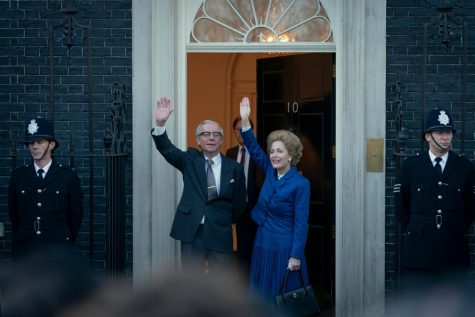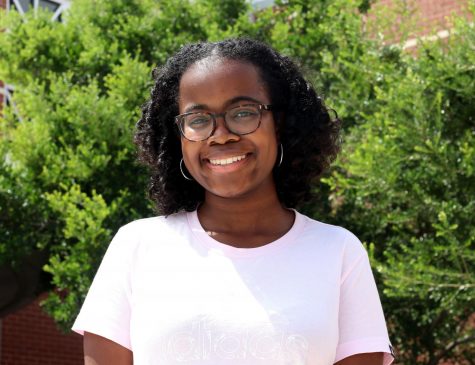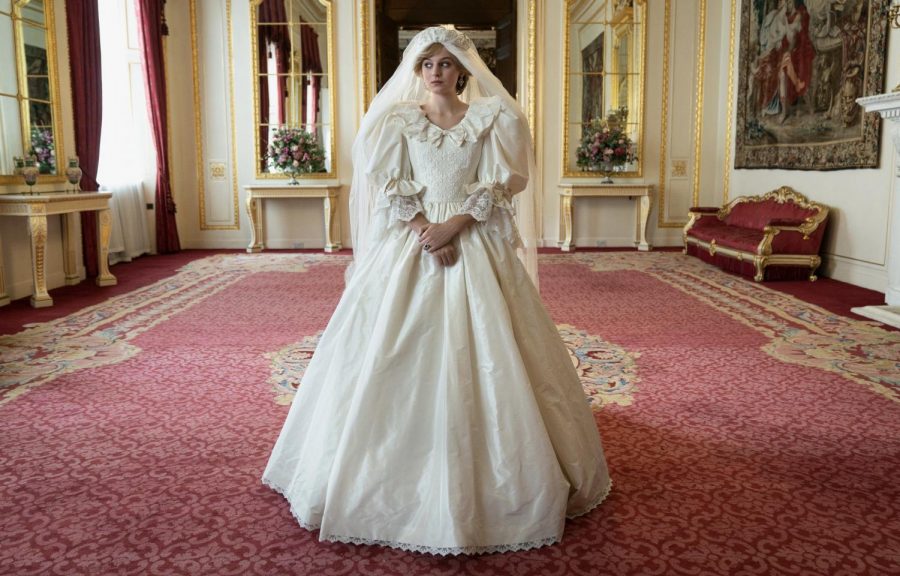Season four of Netflix’s “The Crown” is an infuriating installment
Season four of “The Crown” was released on Netflix on Nov. 15. This was the season that devoted Anglophiles and casual viewers alike were waiting for, as it adds Lady Diana Spencer (Emma Corrin) and prime minister Margaret Thatcher (Gillian Anderson) to Queen Elizabeth II’s (Olivia Colman) tale.
I started watching “The Crown” during quarantine, and I was immediately sucked in by the breathtaking architecture and sweeping shots of the English countryside. The beautiful cinematography, outfits and delicious drama could not have been more perfect for the dull, uninteresting monotony of days at home.
“The Crown” begins with a young Queen Elizabeth ascending to the throne and portrays political and personal issues the royal family faces throughout the years.
I thought that season two was the peak of “The Crown;” the political stories, as well as the personal stories, were incredibly engaging. The third season, however, was corrupted by slow points and discontinuities created by the change in actors. I was biting my nails in anticipation to see what direction the fourth season would go in. Above all, season four showcases a truth diligent viewers of “The Crown” have seen constantly reiterated: for members of the royal family, there are no personal decisions, only family decisions. This fact rears its ugly head as we see the family force Prince Charles’ (Josh O’Connor) hand in his relationship with Lady Diana Spencer. Diana is introduced to Charles’ family at Balmoral Castle, the location of the royal family’s summer holiday. Charles’ family becomes enamored with Diana, and forces Charles to propose to her.
A quick Twitter search of #TheCrown led me to believe that Charles would transform into a despicable, unforgivable monster in later episodes. However, this season left me more sympathetic toward Charles than I previously was. I finished the season more upset with the rigidity of the royal family than with the Prince of Wales. I couldn’t blame Charles’ frustration, since he was forced to live out a decision that he didn’t choose. Considering his background of being overlooked and neglected, I understood why Charles was a sullen, jealous husband.

Truthfully, I found this season’s prime minister, Margaret Thatcher, more offensive than Charles. Thatcher was the first woman in British history to occupy 10 Downing Street and appeared to be a “not like other girls” girl. I found it difficult to sympathize with Thatcher as she suffered condescension from her male cabinet, especially since she decided her cabinet would be all-male since women are “too emotional” to hold high offices. Despite my chagrin with some of Thatcher’s beliefs, I felt Anderson portrayed her intensity and work ethic in an admirable light.
In regards to Diana, I had trouble reconciling the energetic girl depicted in this season with the reserved demeanor she had in life. Corrin, nonetheless, closely resembled Diana. The exact replicas of Princess Diana’s outfits invoked a stronger sense of Diana in Corrin.
Though many new characters were introduced this season, aspects of previous seasons remained. Each episode continued to feature economically and ethnically diverse characters that somehow intersected with the royals’ lives. The political anecdotes of this season were relatively boring, but the sensational scenes were well worth it. This most recent season introduced interesting characters and stories, and I wholly recommend it to anyone looking for an escape.

Senior Katherine Parker is the managing editor and this is her second year on staff. She loves journaling and spending time outdoors. In her free time,...



